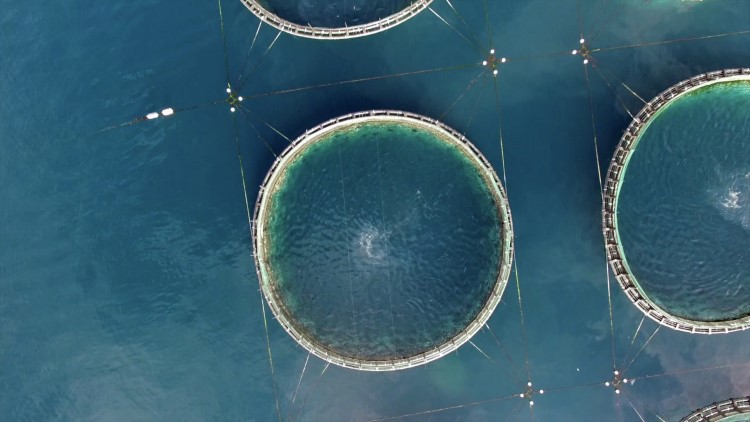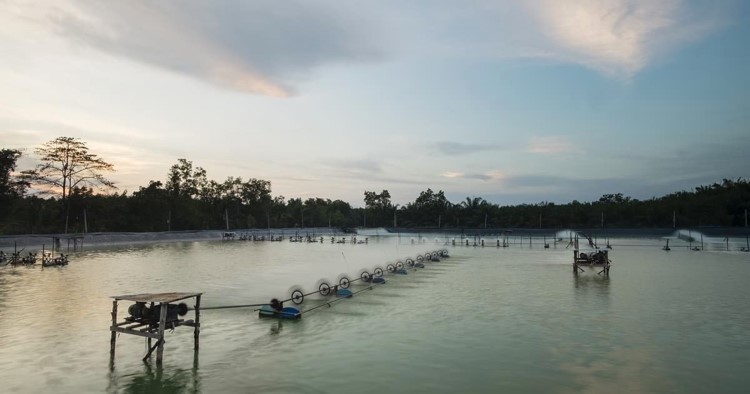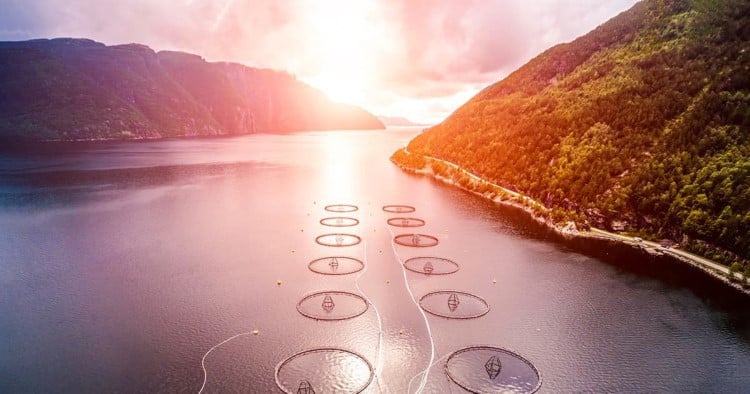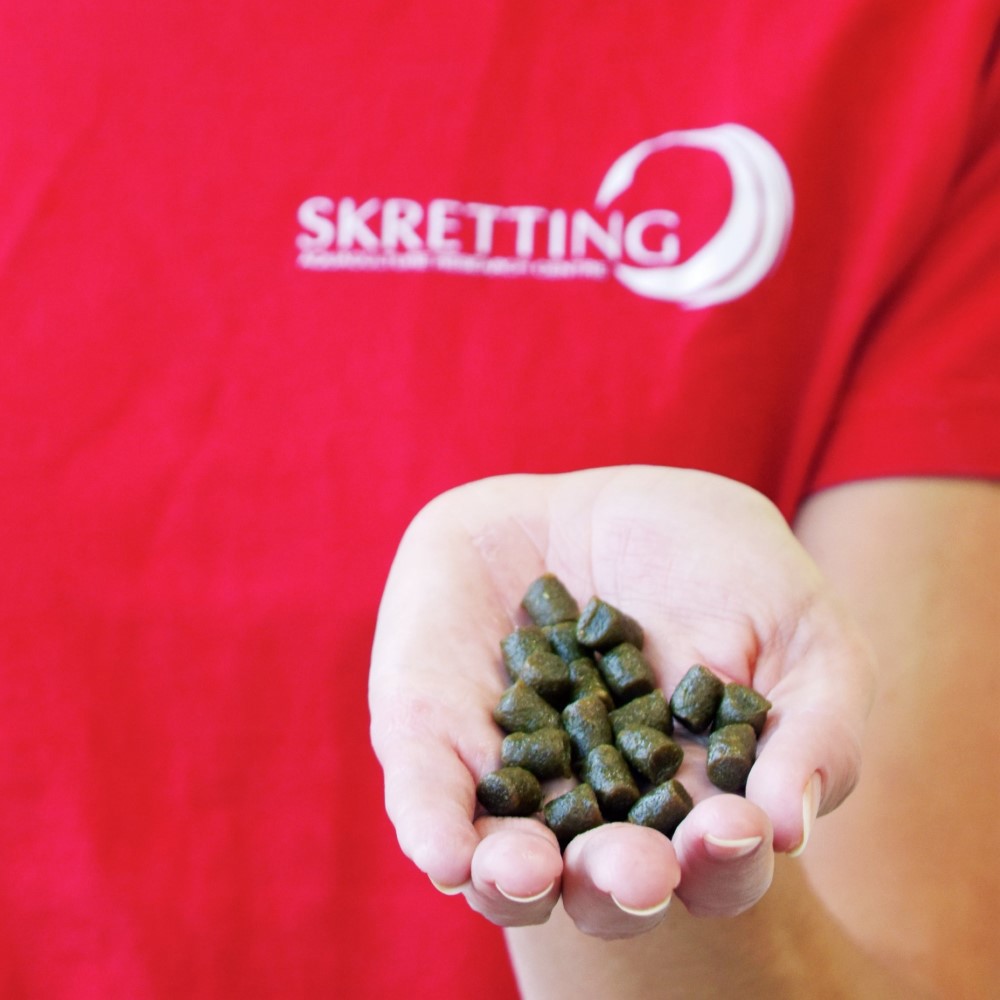Skretting's purpose is 'Feeding the Future,', but what does that mean? Globally, there is increasing competition for land, water and energy – all of which will increasingly affect food production. Safe, high-quality protein is essential, and aquaculture has the potential to provide this for the a world population that is growing at an unprecedented rate.
We get a lot of question about aquaculture - what it is and what it means - and here we are trying to answer some of these, largely from a feed-producer standpoint, but sometimes on behalf of the industry, to provide a clear understanding of our industry and of the measures we are taking to fulfil our mission. We’re committed to achieving this with a strong focus on reducing our environmental footprint and increasing our positive social impact.
Read what GAA says about aquaculture and why we need it

























